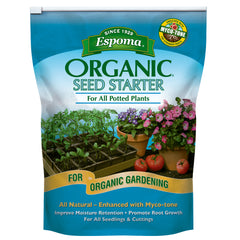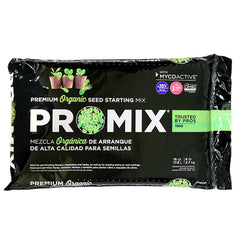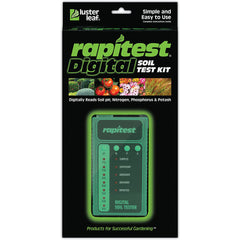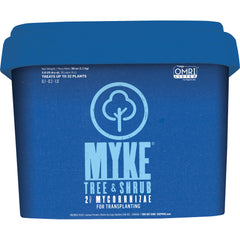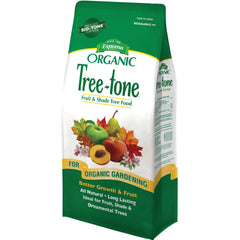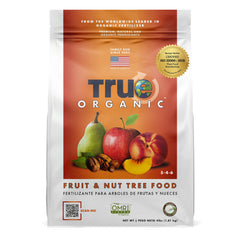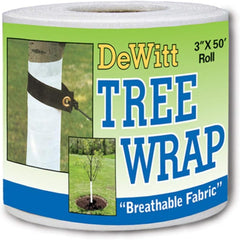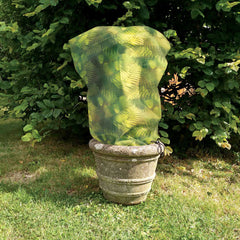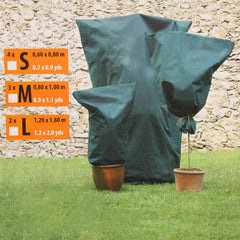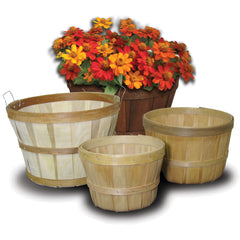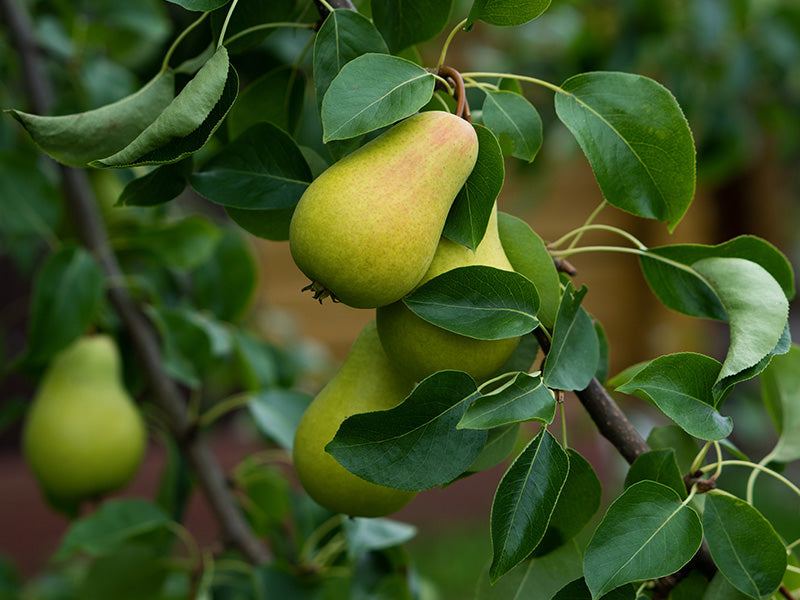
Tree
Pear Tree
USDA Zone: 4–8
Lifecycle: Perennial
Mature Size: 20–40 ft. tall
Native Region: Europe/Asia
Sunlight Requirements: Full Sun
Learn about: Care, Seeding, Planting and Potting, Feeding, Winterizing, Harvesting and Pruning

USDA Zone: 4–8
Lifecycle: Perennial
Mature Size: 20–40 ft. tall
Native Region: Europe/Asia
Sunlight Requirements: Full Sun
Learn about: Care, Seeding, Planting and Potting, Feeding, Winterizing, Harvesting and Pruning
Basic pear tree care is simple. They thrive with well-drained soil, at least six hours of full sun a day and temperatures between 60 and 75 degrees. Certain varieties even need “chill time” below 45 degrees for the fruit to develop correctly. Water new trees gently once a week during growing season; mature trees may only require watering during dry spells. Adding mulch helps regulate the soil temperature and moisture, but leave a few inches around the trunk for airflow.
Pear trees are known for their resistance to pests and diseases, but you should still be on the lookout for problems like aphids, pear psylla, fire blight and pear rust. Treatments range from insecticides to pruning damaged leaves and branches.
Like apples and peaches, pear seeds must undergo stratification before they germinate. Start by soaking the seeds for two days in warm water. Throw out any floating seeds and put the rest in a sealed plastic bag with damp peat moss. Let the bag sit in the refrigerator for 2-3 months, moistening the peat moss as needed.
Once this is complete, plant the seeds in trays or flats with a seed-starting mix. Keep the containers in a bright, warm area and water them thoroughly. They will be ready to transplant when the seedlings are about three inches tall.
Seedlings should be planted in May or early June so they have enough time to establish before winter. You will need to plant at least two trees for cross-pollination since few pear trees self-pollinate. Make a hole twice the width of the root ball and loosen the roots before lowering the tree and filling the hole. Aim for about 20 feet of spacing with regular varieties, 12 feet for semi-dwarf trees and eight feet for dwarf trees. These smaller varieties are the best candidates for long-term container planting.
In most cases, you should fertilize pear trees annually in spring before the buds burst. When you fertilize late in the season, the resulting growth is more likely to be affected by fall frost. Use a balanced fertilizer and be aware that high nitrogen levels increase disease risk. By testing your soil and watching for signs of nutrient deficiencies or overload, you can adjust the fertilizer mix and amount accordingly.
You can get your pear tree ready for winter by adding thick mulch layers, wrapping the trunk for warmth and adding a tree guard to block rodents. You might also add diluted white paint to the trunk to reflect sunlight. Some pear varieties can handle temperatures as low as -20 degrees, but excessive time at these temperatures may hurt growth, especially if the tree isn’t yet mature.
Pear trees need little if any pruning. Trimming away dead, diseased or overlapping branches is often sufficient. More thorough pruning is only needed if you’re limited for growing space and want to clear room for other trees or plants.
Late summer to early autumn is pear-harvesting season. The fruits are ready when they feel firm and come off the branch with a gentle twist. Pears can take up to 10 days to ripen once picked, and Asian pairs should fully ripen on the tree. They last anywhere from a week to two months depending on the variety and storage method.










